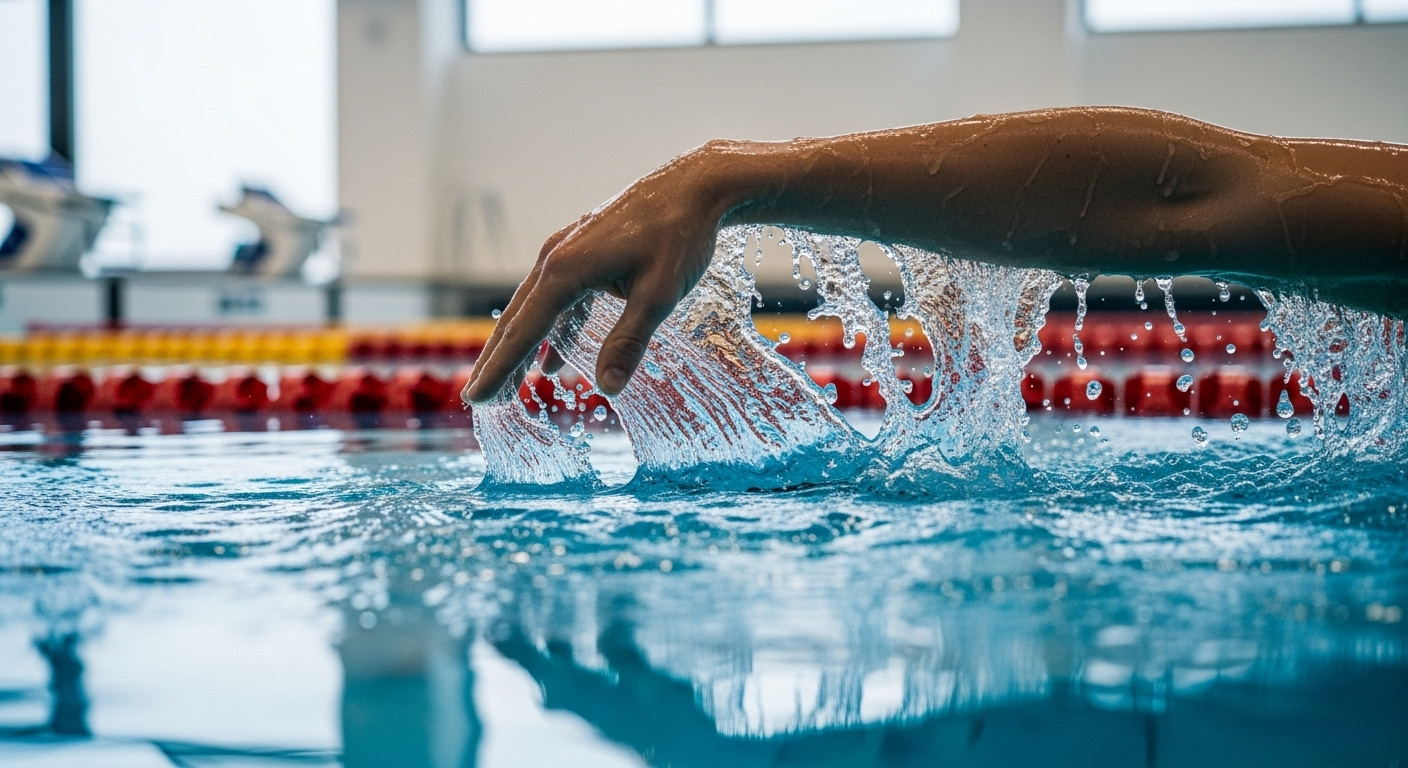"Gearing Up on the Art of Cornering: A Deep Dive into Handling Techniques"
Introduction: Imagine you're on a winding road, your engine roaring beneath the hood, your heart pulsating in rhythm with the revs. Ahead lies a sharp bend, an opportunity to test your handling skills. How do you tackle it? An incorrect approach could be disastrous, while the right technique could make you feel like a racing god. This article will delve into the art of cornering, a fundamental, yet often misunderstood aspect of driving.

The Genesis of Cornering Techniques:
Historically, early cars were not designed with high-speed cornering in mind. Their bulky structures and rudimentary suspension systems meant they were largely unstable during sharp turns. However, as motorsports grew in popularity in the 20th century, car manufacturers started to focus on improving their vehicles’ handling. This led to the development of cornering techniques, which are all about managing weight transfer and maintaining control of the vehicle during turns.
The Science Behind the Turn:
Cornering isn’t just about turning the steering wheel. It’s a complex interplay of physics principles, including inertia, friction, and centrifugal force. When a car corners, the weight shifts to one side due to inertia while the tires combat this force with friction. Too much speed can overcome the tire’s grip, causing the car to slide or spin out, which is where cornering techniques come in.
Current Cornering Techniques:
Today, there are various cornering techniques employed by drivers around the world, from the basic ‘slow-in, fast-out’ method to the more advanced ‘trail braking.’ While the former is about entering the corner at a slower speed to maintain control and then accelerating out, the latter involves braking late into the corner to shift the car’s weight onto the front wheels, thereby increasing their grip and allowing for a faster exit.
Impact of Modern Technology on Cornering:
Modern automotive technology has further refined the art of cornering. Traction control systems, electronic stability control, and advanced all-wheel-drive systems are all designed to help drivers maintain control during turns. However, these technologies are not a substitute for proper cornering techniques. They merely assist the driver and can’t defy the laws of physics.
Cornering: The Road Ahead:
While technology continues to evolve, the basic principles of cornering remain the same. It’s about understanding the dynamics of your car, respecting the laws of physics, and practicing until the process becomes second nature. As we look to the future, the art of cornering will continue to be a fundamental skill for any driver, from the everyday commuter to the seasoned racer.
In conclusion, cornering is a crucial skill that often gets overlooked in favor of speed or power. However, it’s an aspect that can transform your driving experience, making each bend a thrilling challenge rather than a nerve-wracking obstacle. So the next time you’re on a winding road, remember the art of cornering, and you might just find a new appreciation for the drive.




